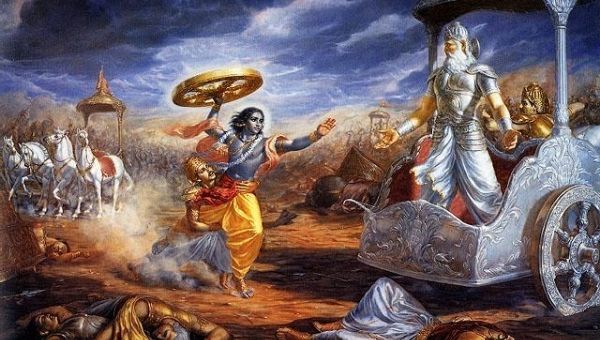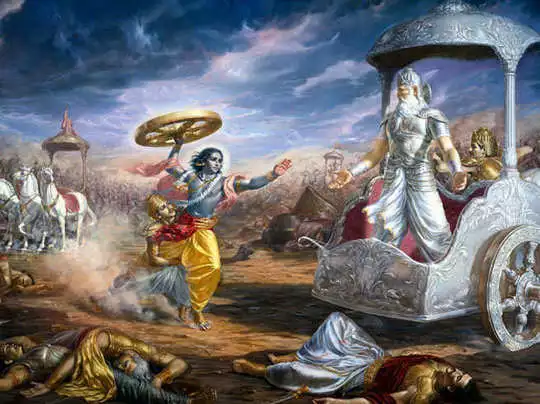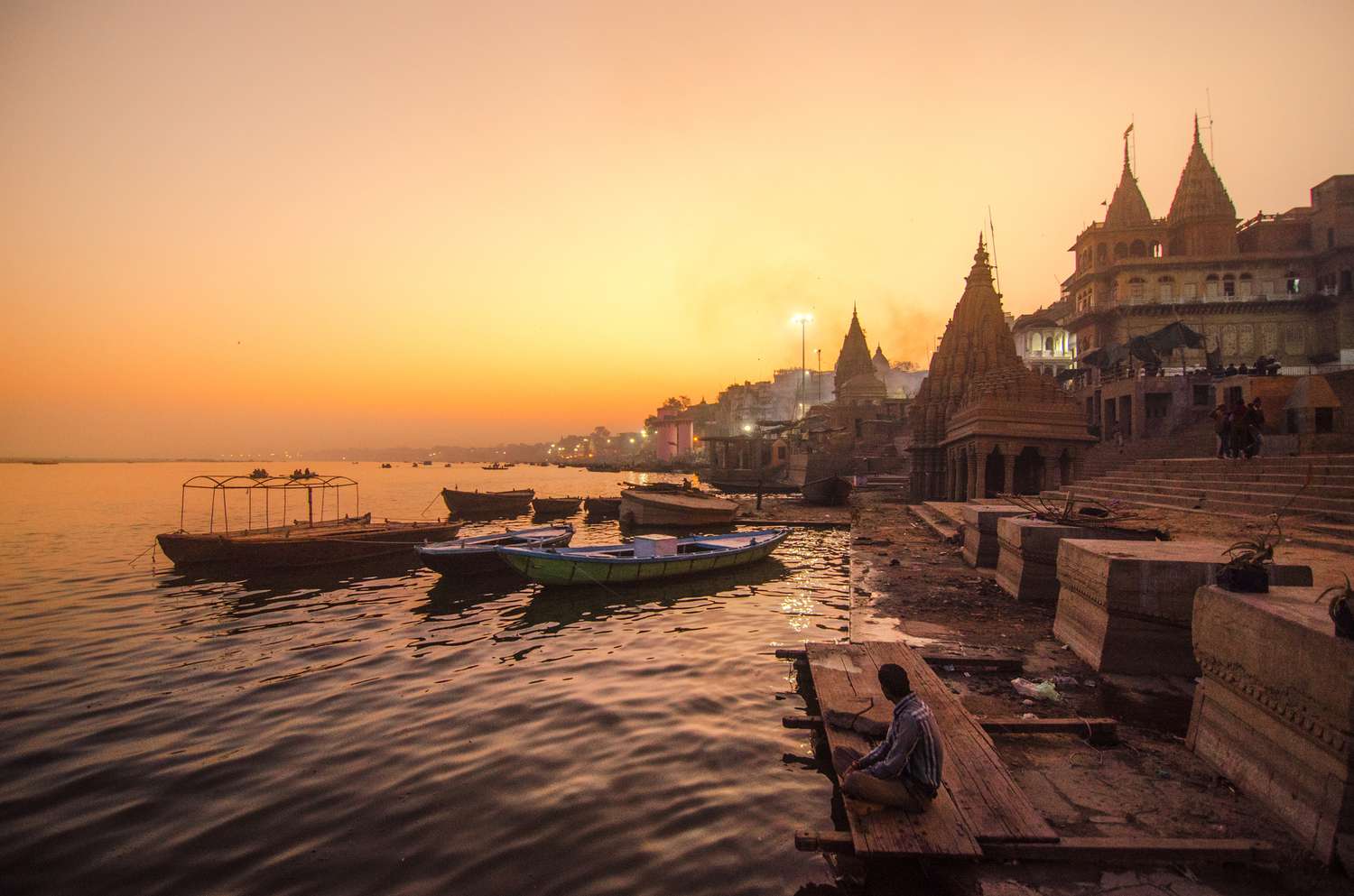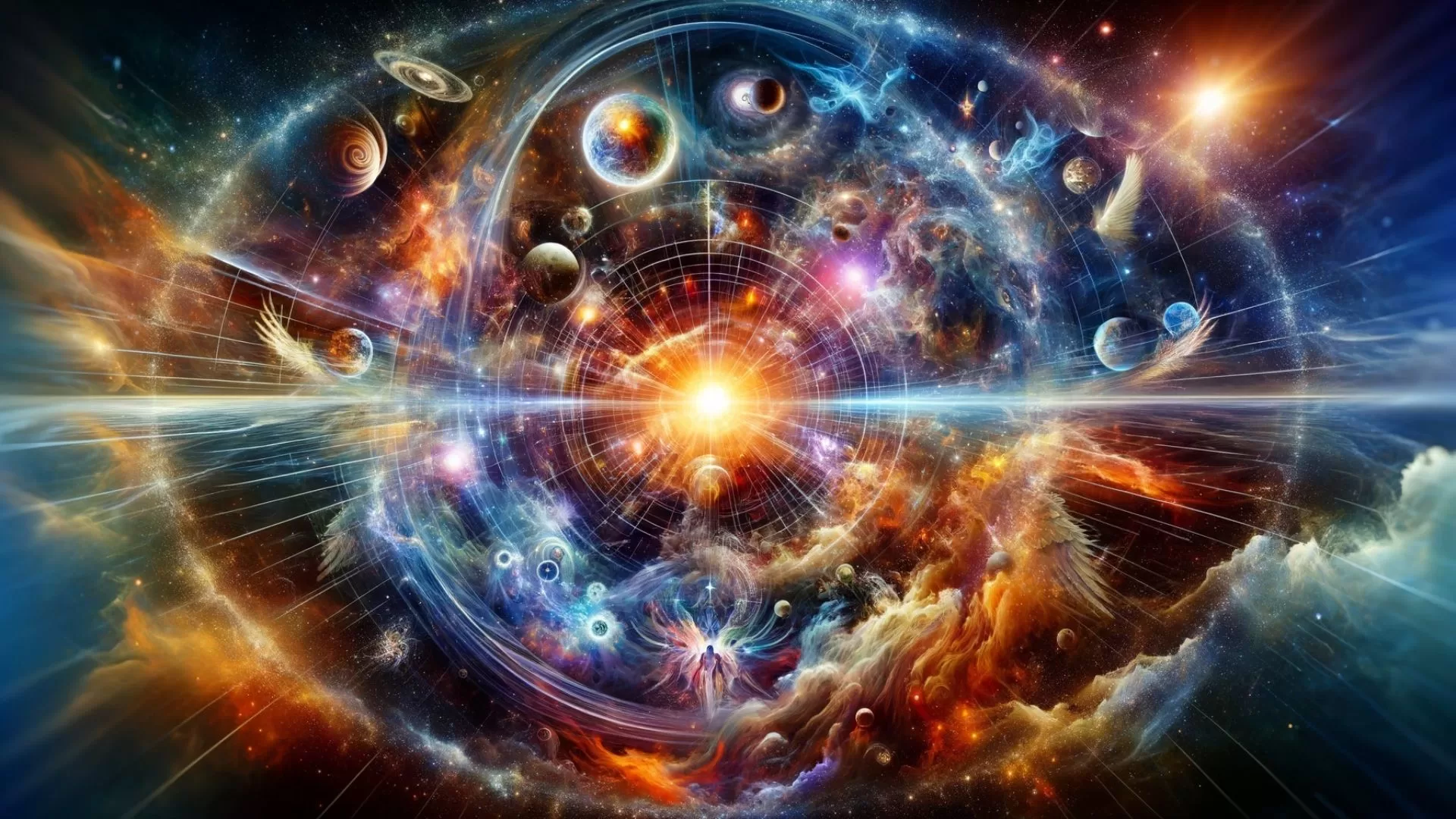Indian Mythology: A World of Fascination and Wonder
Indian mythology is a rich and fascinating world that has captivated people for centuries. It is a vast and complex collection of stories, legends, and beliefs that span thousands of years and have been passed down through generations. The mythology of India is a tapestry of gods, goddesses, heroes, and demons that have become an essential part of Indian culture and religion. In this article, we will explore the world of Indian mythology and its significance in Indian culture.
The Origins of Indian Mythology
Indian mythology has its roots in the ancient Vedic texts, which were written between 1500 BCE and 500 BCE. These texts are some of the oldest religious texts in the world and contain a wealth of knowledge and wisdom. They describe the beliefs and practices of the early Hindu religion and the gods and goddesses worshipped at that time.
Over time, the mythology of India grew and expanded, incorporating new stories and beliefs from different regions and religions. The Puranas, which were written between 300 BCE and 300 CE, are a collection of stories that became an essential part of Indian mythology. They describe the creation of the world, the gods and goddesses who rule it, and the various battles and struggles between good and evil.
The Characters of Indian Mythology
Indian mythology is a vast and diverse world, populated by a multitude of characters, both human and divine. The gods and goddesses of India are often depicted with multiple arms, symbolizing their powers and abilities. Some of the most well-known deities include:
- Brahma: The creator god who is often depicted with four faces and four arms.
- Vishnu: The preserver god who is responsible for maintaining order and balance in the universe.
- Shiva: The destroyer god who is responsible for bringing about change and renewal.
- Saraswati: The goddess of knowledge, music, and the arts.
- Lakshmi: The goddess of wealth and prosperity.
- Durga: The goddess of power and strength, often depicted riding a lion or tiger.
In addition to the gods and goddesses, Indian mythology also features a wide variety of heroes, villains, and monsters. These characters often play a critical role in the stories and legends of Indian mythology. Some of the most well-known characters include:
- Rama: The hero of the Ramayana, who is known for his bravery and devotion to duty.
- Krishna: The hero of the Mahabharata, who is known for his wisdom and compassion.
- Hanuman: The monkey god who helps Rama in his quest to rescue his wife Sita.
- Asuras: The demons who are often depicted as evil and malevolent forces.
- Yakshas: The nature spirits who are often depicted as benevolent forces.
The Significance of Indian Mythology
Indian mythology is an essential part of Indian culture and religion. It has played a significant role in shaping the beliefs and practices of Hinduism, Buddhism, and Jainism. The stories and legends of Indian mythology are often used to teach moral lessons and to convey important spiritual teachings.
In addition to its religious significance, Indian mythology is also an essential part of Indian art, literature, and music. The stories and characters of Indian mythology have inspired countless works of art, from ancient sculptures to modern-day films and TV shows.
Conclusion
Indian mythology is a vast and complex world that has captured the imaginations of people for centuries. Its gods, goddesses, heroes, and villains have become an essential part of Indian culture and religion. The stories and legends of Indian mythology continue to inspire and fascinate people around the world, and its characters and themes have become a part of the global cultural heritage.
Indian mythology has its roots in the ancient Vedic texts, which were written between 1500 BCE and 500 BCE. These texts are some of the oldest religious texts in the world and contain a wealth of knowledge and wisdom. They describe the beliefs and practices of the early Hindu religion and the gods and goddesses worshipped at that time.
Over time, the mythology of India grew and expanded, incorporating new stories and beliefs from different regions and religions. The Puranas, which were written between 300 BCE and 300 CE, are a collection of stories that became an essential part of Indian mythology. They describe the creation of the world, the gods and goddesses who rule it, and the various battles and struggles between good and evil.
The Characters of Indian Mythology
Indian mythology is a vast and diverse world, populated by a multitude of characters, both human and divine. The gods and goddesses of India are often depicted with multiple arms, symbolizing their powers and abilities. Some of the most well-known deities include:
- Brahma: The creator god who is often depicted with four faces and four arms.
- Vishnu: The preserver god who is responsible for maintaining order and balance in the universe.
- Shiva: The destroyer god who is responsible for bringing about change and renewal.
- Saraswati: The goddess of knowledge, music, and the arts.
- Lakshmi: The goddess of wealth and prosperity.
- Durga: The goddess of power and strength, often depicted riding a lion or tiger.
In addition to the gods and goddesses, Indian mythology also features a wide variety of heroes, villains, and monsters. These characters often play a critical role in the stories and legends of Indian mythology. Some of the most well-known characters include:
- Rama: The hero of the Ramayana, who is known for his bravery and devotion to duty.
- Krishna: The hero of the Mahabharata, who is known for his wisdom and compassion.
- Hanuman: The monkey god who helps Rama in his quest to rescue his wife Sita.
- Asuras: The demons who are often depicted as evil and malevolent forces.
- Yakshas: The nature spirits who are often depicted as benevolent forces.
The Significance of Indian Mythology
Indian mythology is an essential part of Indian culture and religion. It has played a significant role in shaping the beliefs and practices of Hinduism, Buddhism, and Jainism. The stories and legends of Indian mythology are often used to teach moral lessons and to convey important spiritual teachings.
In addition to its religious significance, Indian mythology is also an essential part of Indian art, literature, and music. The stories and characters of Indian mythology have inspired countless works of art, from ancient sculptures to modern-day films and TV shows.
Conclusion
Indian mythology is a vast and complex world that has captured the imaginations of people for centuries. Its gods, goddesses, heroes, and villains have become an essential part of Indian culture and religion. The stories and legends of Indian mythology continue to inspire and fascinate people around the world, and its characters and themes have become a part of the global cultural heritage.
![]()





